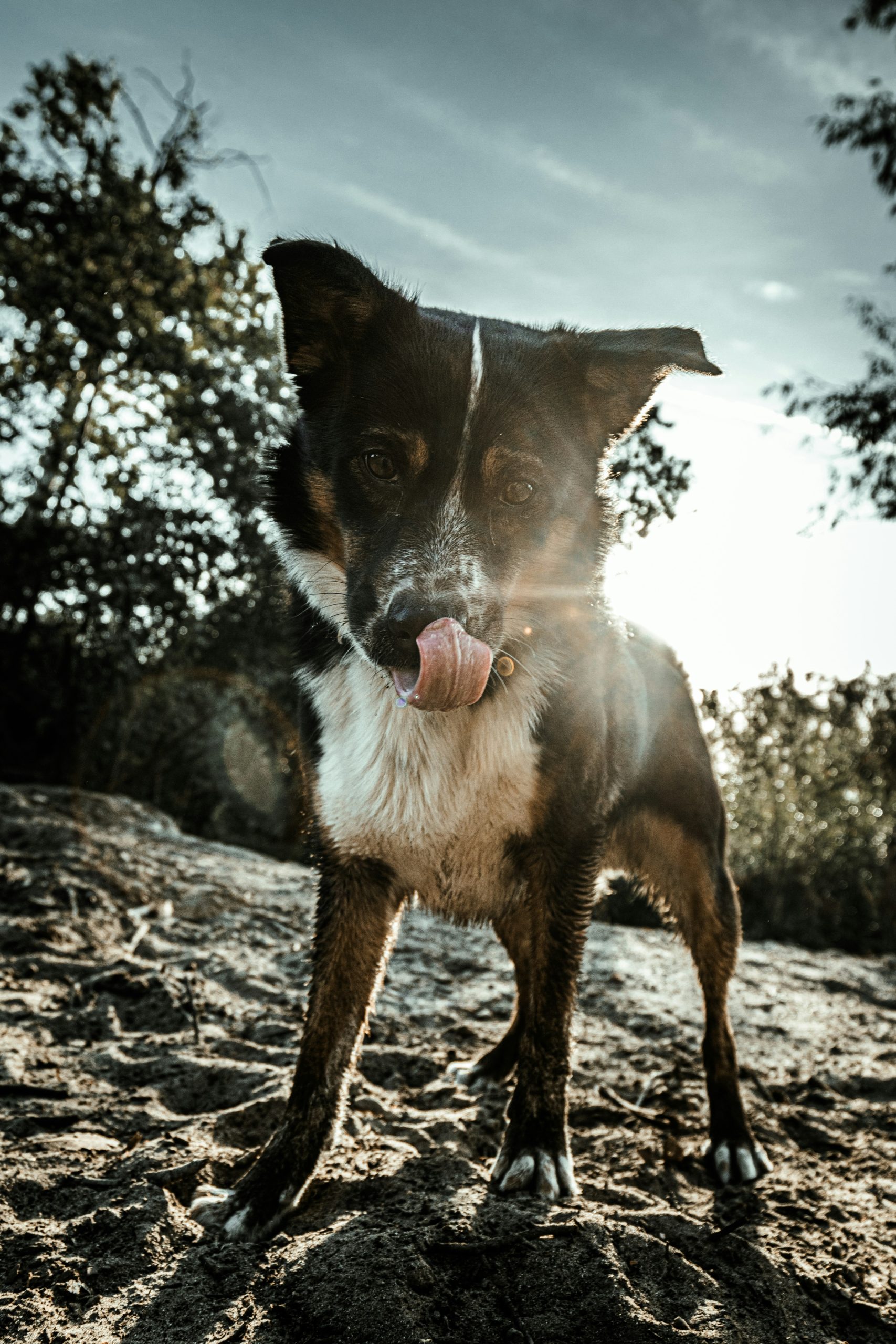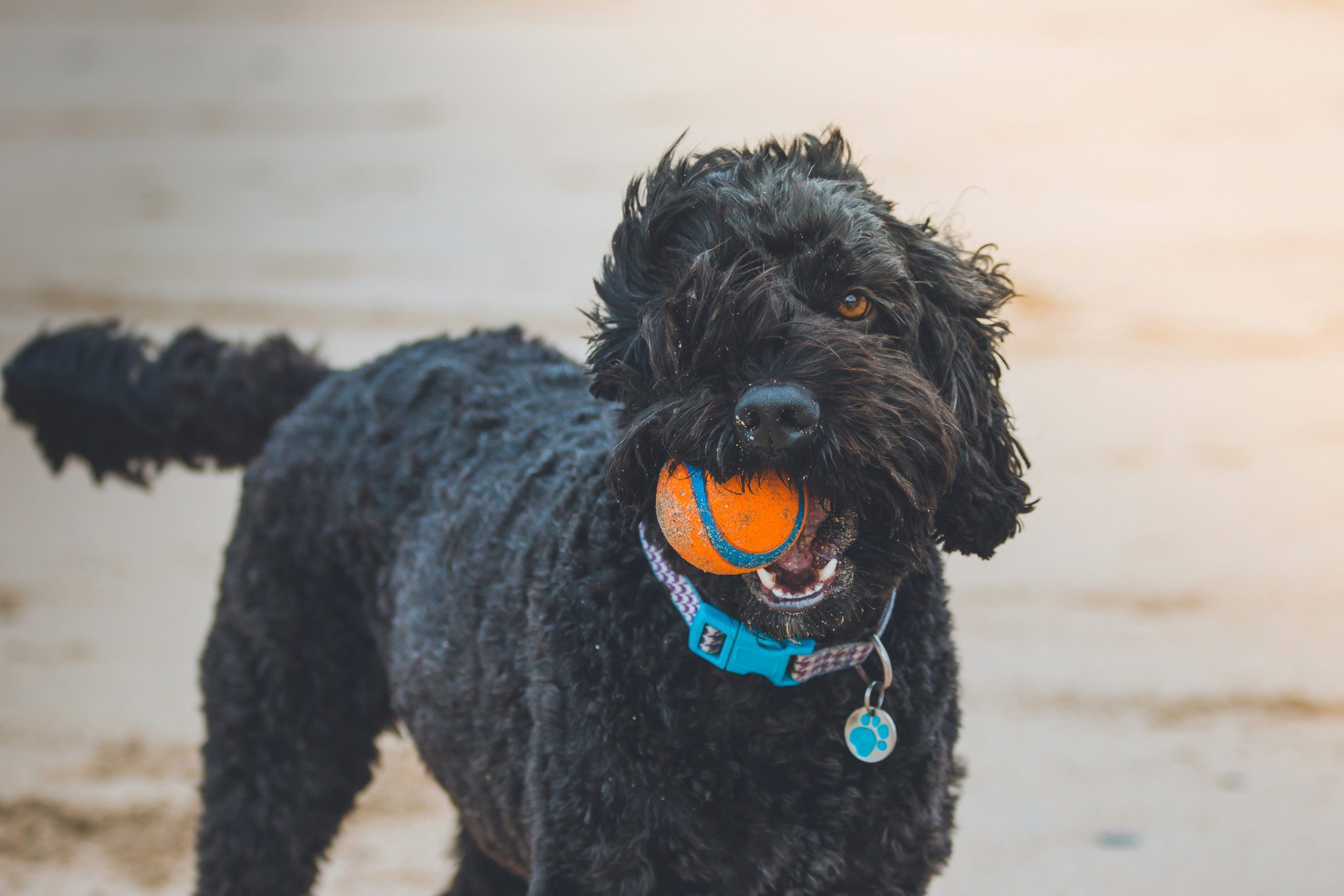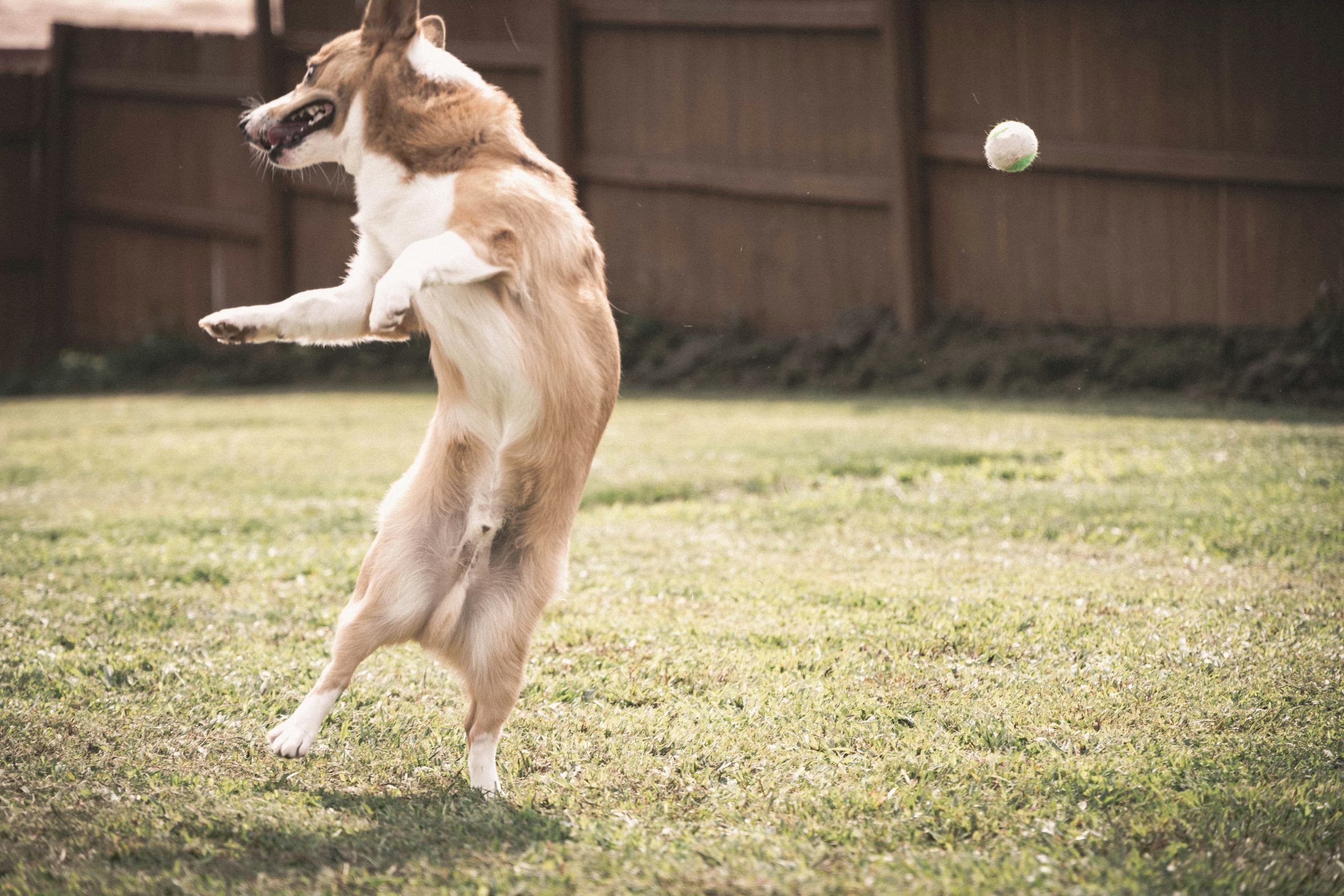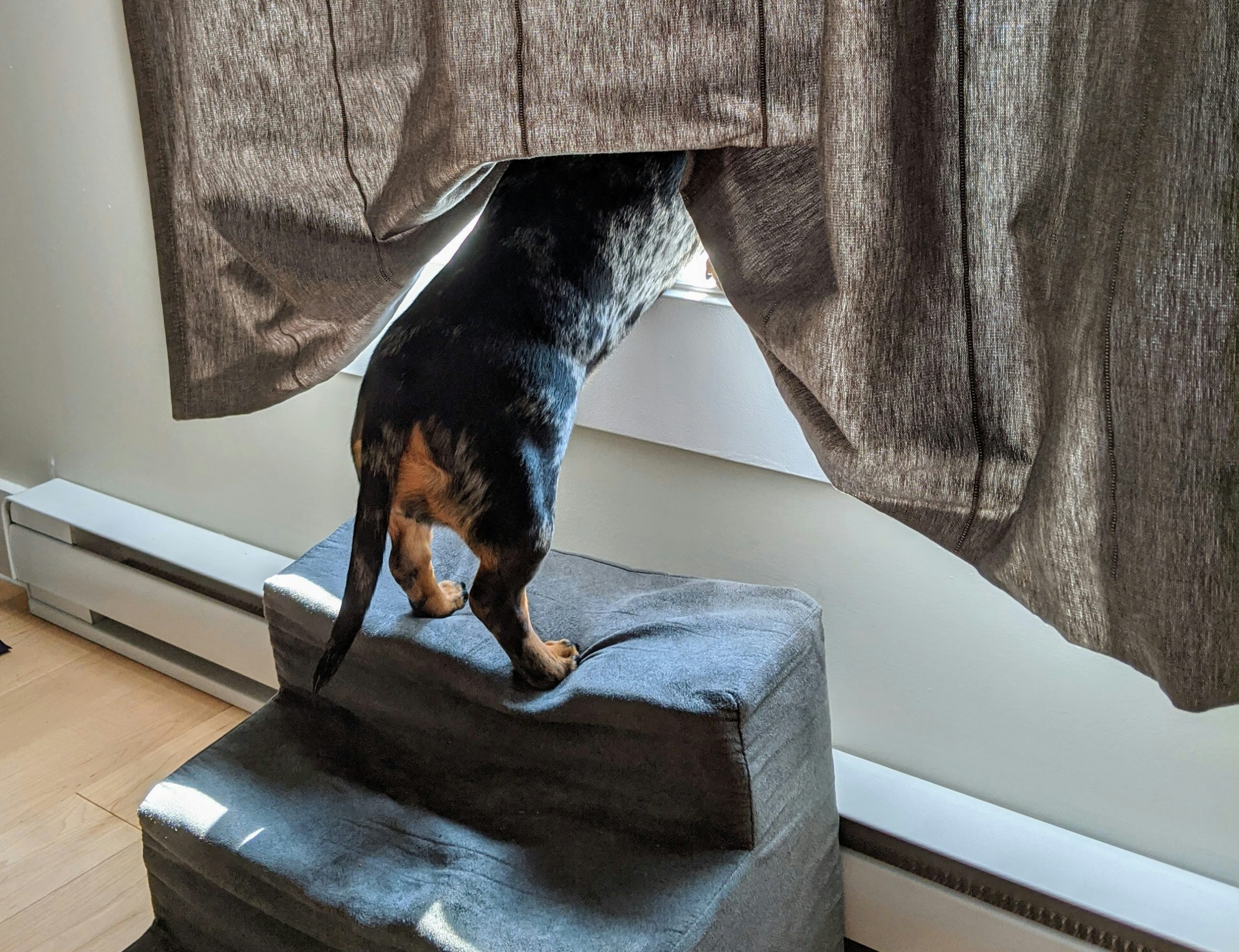Preventing Anal Gland Issues in Dogs: Diet, Exercise, and Early Detection
This article provides an overview of the importance of prevention, diet, exercise, and treatment in maintaining the anal gland health of dogs.
Introduction to Preventing Anal Gland Problems in Dogs
Anal gland problems in dogs can be uncomfortable and even lead to serious health issues if left untreated. Fortunately, prevention through proper care, including diet and exercise, is crucial for maintaining the health of a dog’s anal glands. By being proactive and taking early measures, pet owners can help their furry friends avoid potential complications.
Anal gland issues in dogs can sometimes be linked to their diet. For example, a lack of fiber in their food can contribute to anal gland problems. Fiber plays a key role in promoting healthy bowel movements, which can aid in the natural emptying of the anal glands and reduce the risk of blockages. Therefore, ensuring that your dog’s diet is rich in fiber can be a preventive measure to maintain their anal gland health.
Moreover, exercise is another essential factor in preventing anal gland problems in dogs. Regular physical activity helps in the natural expression of anal glands by stimulating bowel movements. For instance, activities like brisk walks, running, or playing fetch can promote the healthy function of anal glands. Therefore, incorporating exercise into your dog’s routine not only benefits their overall well-being but also plays a significant role in preventing anal gland issues.
Understanding Anal Gland Problems in Dogs
In dogs, anal glands serve as sacs located near the anus that secrete a fluid used for marking territory or lubricating the passage of stool. Factors like chronic skin dermatitis, obesity, and genetics can contribute to anal gland issues in dogs. Blocked anal glands, if not addressed, can lead to severe infections and discomfort for the pet.
For example, a dog with blocked anal glands may exhibit signs such as scooting, excessive licking of the anal area, or a foul smell. Recognizing these symptoms early on is essential for prompt treatment and to prevent further complications.
Importance of Diet in Preventing Anal Gland Problems
Proper nutrition is vital in preventing anal gland problems in dogs. A well-rounded diet not only supports the overall health of a dog but also specifically contributes to the health of their anal glands. For example, incorporating fiber-rich foods into a dog’s diet can aid in promoting regular bowel movements, which can help prevent blockages in the anal glands.
Furthermore, certain nutrients play a crucial role in maintaining the function of anal glands. For instance, essential fatty acids, such as those found in fish oil supplements, can help reduce inflammation in the anal glands, potentially lowering the risk of issues like blockages or infections. Therefore, pet owners should be mindful of the quality of food they provide their dogs, opting for diets rich in nutrients that support digestive health and overall well-being. By being proactive in selecting appropriate food choices, pet owners can contribute to the prevention of anal gland problems and ensure their furry companions lead healthy lives.
Role of Exercise in Preventing Anal Gland Problems
Regular exercise plays a crucial role in preventing anal gland problems in dogs. It helps in the natural expression of anal glands by stimulating bowel movements, which aids in preventing blockages and maintaining gland health. For instance, activities like daily walks, runs, or interactive play sessions not only benefit a dog’s overall well-being but also promote healthy anal gland function.
Moreover, specific exercises can target the muscles around the anal glands, facilitating proper gland emptying. For example, agility training, which involves jumps, tunnels, and weave poles, can help work these muscles and promote regular emptying of the anal glands. Additionally, swimming is an excellent low-impact exercise that engages the core muscles, potentially assisting in preventing anal gland issues by promoting healthy bowel movements through muscle stimulation.
Overall, by ensuring that dogs engage in adequate physical activity, pet owners can actively contribute to the prevention of anal gland problems. From daily walks to tailored exercise routines, keeping dogs active can significantly reduce the likelihood of anal gland complications, promoting a healthier and more comfortable life for our canine companions.
Signs and Symptoms of Blocked Anal Glands
Signs and symptoms of blocked anal glands in dogs are essential to recognize for timely intervention and prevention of complications. In addition to a foul odor emanating from the anal area, dogs may exhibit behaviors like scooting and excessive licking as they try to alleviate discomfort caused by blocked glands. For instance, if you notice your dog constantly dragging its bottom along the floor or excessively grooming its rear end, it could indicate blocked anal glands. These behaviors are the dog’s way of trying to relieve the pressure or irritation resulting from the blockage.
Moreover, dogs with blocked anal glands may manifest signs of pain or discomfort, such as whimpering, restlessness, or agitation when their hindquarters are touched. It is crucial for pet owners to pay attention to any changes in their dog’s behavior, especially when it comes to their bathroom habits and grooming routines. Being vigilant and responsive to these signs can help in the early detection of anal gland issues, enabling prompt veterinary care to address the problem effectively and prevent further complications.
Preventive Measures and Treatments for Anal Gland Problems
When considering preventive measures for anal gland problems in dogs, it is crucial to understand that manual expression of anal glands should be performed exclusively under the supervision of a veterinarian to prevent any harm to the dog. This procedure requires precision and knowledge to avoid complications. For example, a common mistake made by pet owners attempting to express their dog’s anal glands at home is applying too much pressure, which can lead to pain, injury, or infection.
Furthermore, incorporating fiber-rich foods into a dog’s diet plays a significant role in promoting healthy anal glands by supporting regular bowel movements. For instance, sources of fiber like pumpkin, sweet potatoes, and certain vegetables aid in maintaining proper digestion, reducing the risk of anal gland blockages. Additionally, dietary supplements such as fish oil have been recognized for their anti-inflammatory properties, which can help in managing anal gland issues and promoting overall gland health. These supplements are beneficial in supporting the integrity of the glandular tissue and reducing the likelihood of inflammation that could lead to blockages. By focusing on a balanced diet and appropriate supplements, pet owners can actively contribute to their dog’s anal gland health and well-being.
Conclusion
Taking proactive steps to maintain a dog’s anal gland health is crucial for ensuring their overall well-being. By providing a balanced diet rich in fiber and engaging them in regular exercise, pet owners can significantly reduce the risk of anal gland problems. For instance, incorporating high-fiber vegetables like pumpkin or sweet potatoes into a dog’s meals can aid in promoting healthy bowel movements, preventing anal gland blockages. Additionally, ensuring that dogs receive sufficient physical activity, such as daily walks or play sessions, can help in the natural expression of anal glands, reducing the likelihood of fluid buildup and blockages.
Regular veterinary check-ups are essential in detecting any early signs of anal gland issues and taking preventive measures promptly. During these visits, veterinarians can also provide guidance on maintaining anal gland health and recommend suitable dietary adjustments or supplements. Owners should remain vigilant in observing their dog’s behavior for any potential indicators of anal gland problems, such as scooting, excessive licking of the anal area, or a foul odor. Seeking professional veterinary advice at the first sign of concern can prevent the escalation of anal gland issues and ensure the well-being of the pet. Remember, a proactive approach and collaboration with a veterinarian are key in safeguarding a dog’s anal gland health and preventing discomfort or complications.




